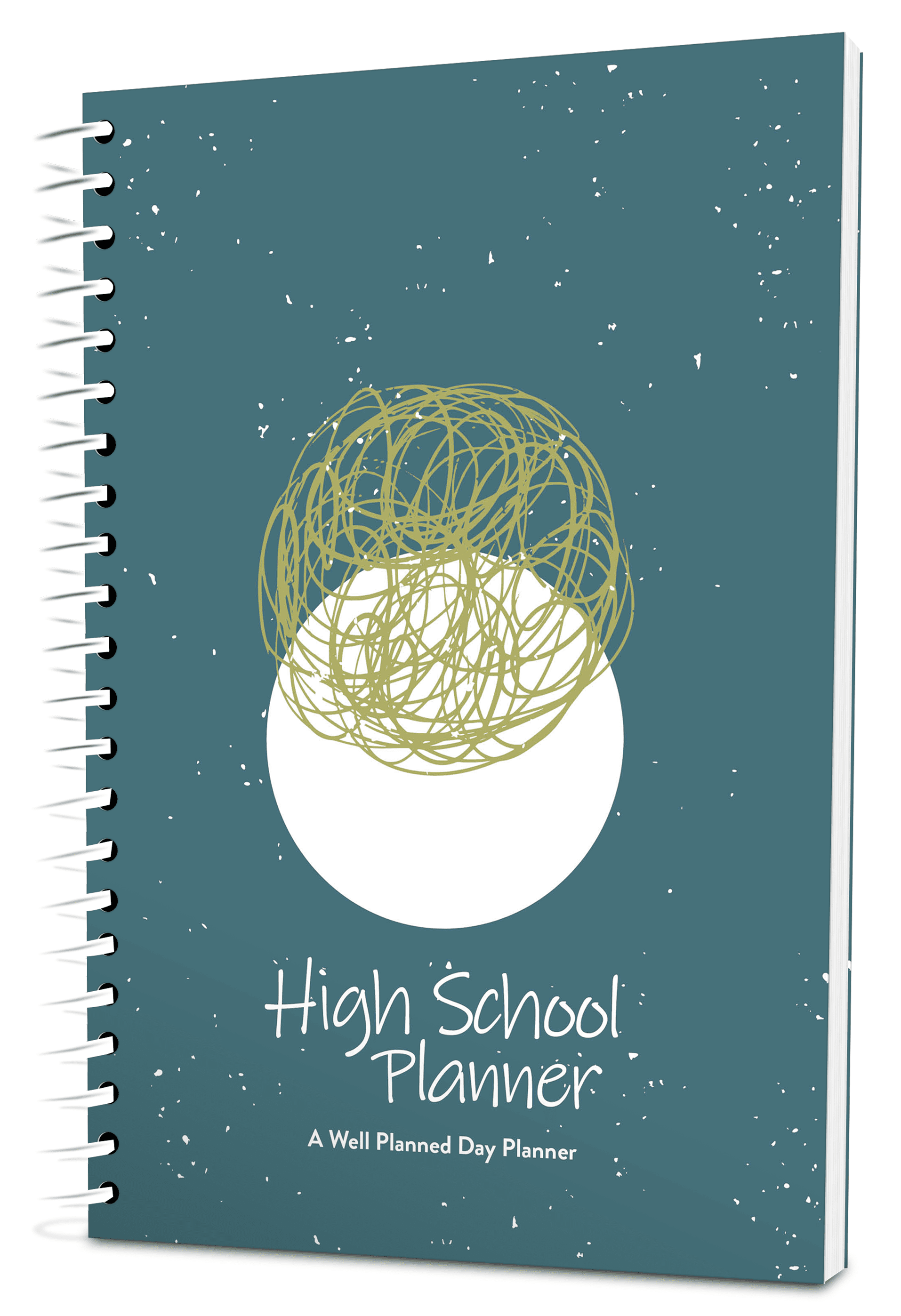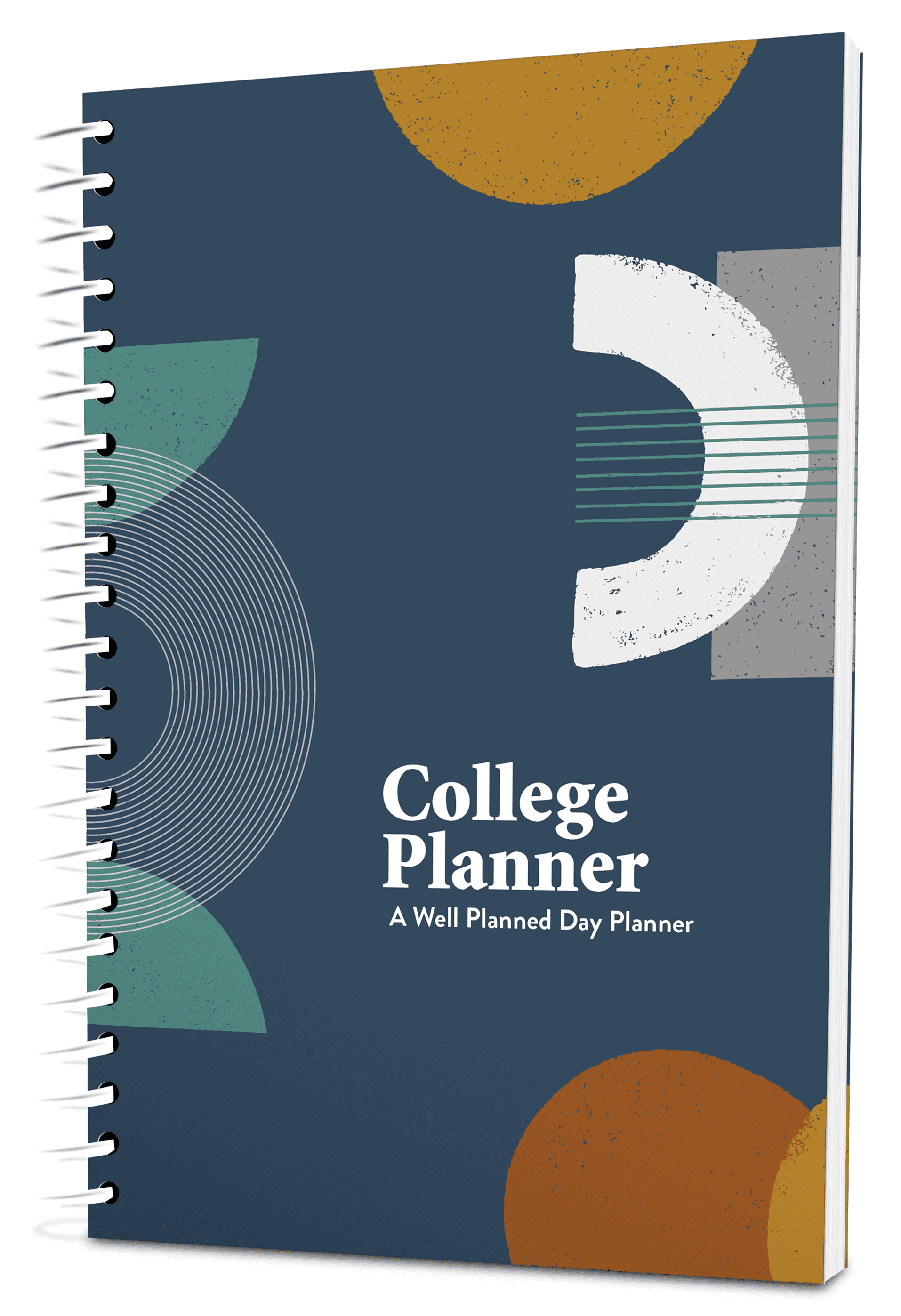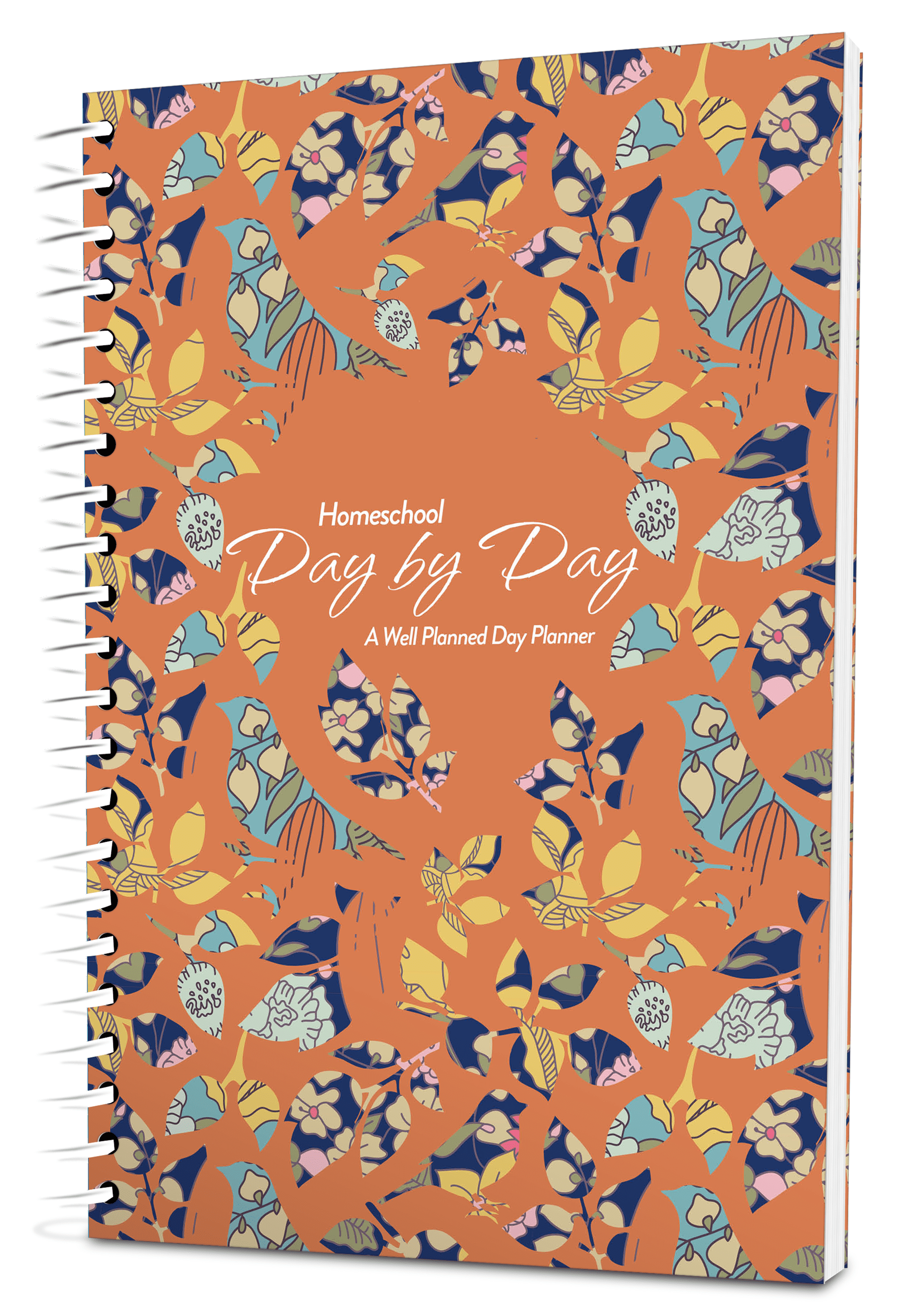The high school years are a busy season, and time can quickly get away from even the most organized student. If your student is planning to attending a college or university, however, it is important to think ahead! This is especially important when it comes to create a college portfolio.
What is a College Portfolio?
A college portfolio is a presentation of accomplishments and achievements throughout the high school years. Even if your student has not yet made a decision about whether or not to attend college, it would be wise to begin a portfolio during their freshman year. If college ends up not being the route your student chooses, the portfolio can still be a great resource when applying for a job or pursuing training in a specific trade or profession.
For those who do choose to attend college, the application and portfolio are your student’s first impression to admission boards. For this reason, it is important for your student to make sure their portfolio is well organized and professional. The typical portfolio is created and maintained in a three ring binder divided, using tabs, either by high school year or subject matter. The latter is often preferable when applying for a specific scholarship or major.
Points to Ponder
So, what actually goes into a college portfolio? Remember that a portfolio will be unique for each student, representing their interests and achievements. So, it is okay to be creative as you and your student consider what to add. But, there are some basic sections included in every well-organized portfolio. Divide the sections with tabs, and consider sliding portions like transcripts and tests scores into sheet protectors.
Here are a few guidelines to help ensure that your student has the basic sections that make up a well-rounded portfolio.
Introduction
The introduction area of a portfolio typically includes a cover page with the student’s contact details along with high school information including address, phone, and emails. A copy of the student’s high school transcript comes next.
Obviously, for a homeschool student, this section will vary a bit. This is a great place to provide basic information about your homeschool approach or the type of curriculum used. Just remember, keep it short and sweet. Consider that this information is replacing very direct, basic information about a high school and use that as a guideline for keeping any information shared here direct and to the point.
Test Scores
Following the transcript, neatly arrange each test score in the order taken. Tests to include are the ACT, SAT, SAT Subject Tests, PSAT, AP, CLEP, or aptitude tests such as the ASVAB. Of course, your student will not take all of these tests, so do not feel pressured to make this a long section. Some students will only take either the ACT or the SAT, so rest assured that a single set of test scores is sufficient for this section.
Literature List
Including a list of well regarded books read during middle school and high school years will enhance your student’s portfolio. Include the title, author, and the year the book was read. If desired, your student can add a short paragraph offering an opinion of the top ten books on the list.
Writing Samples
It is impressive to college admission boards to see progress. Include writing samples from freshman through senior year. This will include written reports for history, science, literature, etc. Do not go overboard in this section. Just choose one or two samples from each year to show progression.
Projects
Whether it is a science project or drama play, a picture tells a thousand words when it comes to creating a project page. With the many online services, you can easily utilize snapshots of projects to create impressive collage pages. Along with pictures, have your student include details on each project such as dates and details about what was learned and experienced.
Recognition
Has your student earned any award or been granted any form of recognition during high school? If so, include both the award title and a single page outlining the details of the award, including what it took to achieve the award or recognition. Also include letters of recommendations, if applicable.
Extracurricular
It is important for admissions board to see your student as a well-rounded person. Toward this end, a portfolio should include activities where talents, leadership, and skills shine. Whether the focus is art, dance, drama, music, sport, or other activities, have your student create a write-up on each and be sure to include what was learned in the process. This is also a great opportunity to include photographs and collages.
Work Experience
Any jobs held, apprentice work completed in a specialized field, or internships during the high school years should be recorded in this next section. Have your student include a page detailing the company information, dates of involvement, job responsibilities, craft or trades learned, promotions or accommodations, and how the experience influenced him or her.
Volunteerism
Community involvement and volunteer service are great ways to personalize a portfolio and help college admissions see character qualities. This is a more personalized area, and it is a place to create pages with photos and write ups that are experiential.
A Few More Thoughts
Remember that each student’s portfolio will be unique. So, even though the above list does offer a guideline of basics for building a portfolio, your student may not have information to fill each one of these categories. There may be something completely different that you and your student know needs to be highlighted. The important thing is for the information to well represent your student.
Here are three more tips to keep in mind:
- Keep it simple and short. Provide sufficient content, but remember that every detail cannot be read. Create this portfolio in such a way as to be perused quickly – in a matter of a few minutes – rather than providing extensive and detailed information.
- Keep it organized. A well organized portfolio lends itself well to the above recommendation.
- Keep it along the way. By keeping information together in one place throughout your student’s high school years, building a well-structured portfolio will be easy when the time comes.















